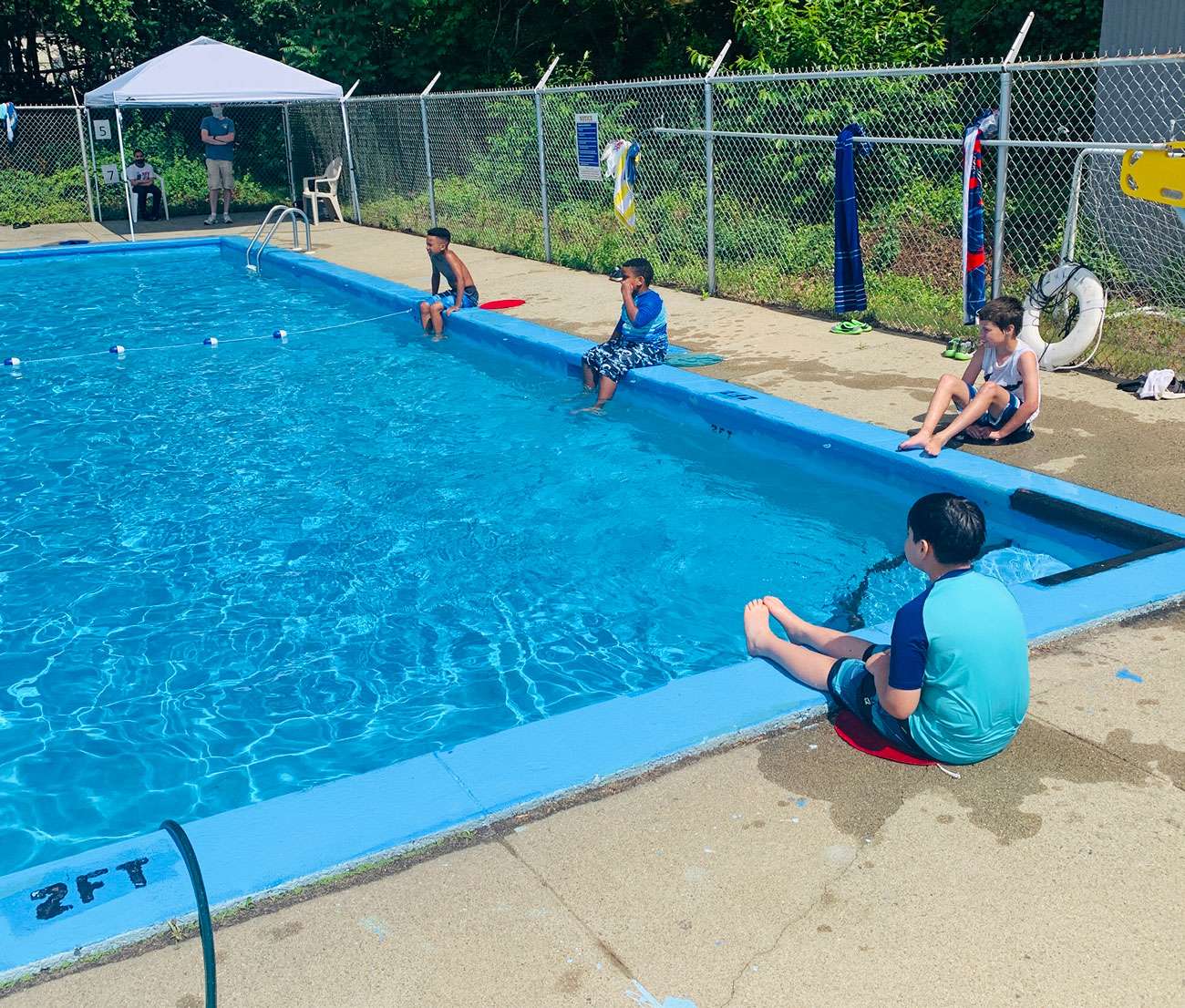LYNN — On the heels of its pared-down, socially distant summer camping program, Camp Fire North Shore is shifting how it provides services to the Lynn Public Schools this fall.
The Salem-based organization typically provides after school programming in seven elementary schools in Lynn, but with the district opting for a fully remote model this fall, Camp Fire North Shore is now planning to provide full-day childcare for families who need it.
The plan is aimed at supporting working families who need full day care because their children won’t physically be at school due to the pandemic, according to Laurie Hamill, executive director of Camp Fire North Shore.
“Our hope is to provide and align with the school district to support traditional remote learning during the mornings and provide enrichment activities during the afternoons,” said Hamill. “It is hard to shift.”
Camp Fire is one of several agencies the Lynn Public Schools is planning to partner with this fall to set up what School Superintendent Dr. Patrick Tutwiler has referred to as “learning pods” throughout the city.
Camp Fire and other community partners, such as the Boys & Girls Club of Lynn and the YMCA, would set up those remote learning pods, which would enable families to put their children in a safe environment during the school day, Tutwiler said.
After school and out-of-school time programs have been authorized by the state Department of Elementary and Secondary Education (DESE) to provide those childcare services for students participating in remote learning through an executive order issued by Gov. Charlie Baker last month.
But unlike the other agencies partnering with the Lynn schools, Camp Fire North Shore does not have a full-year round facility to accommodate many students, Hamill said.
Despite having a large outdoor space for its summer camp program, the organization’s building on that same Cain Road site can only accommodate 30 children, Hamill said, noting that Camp Fire typically serves 200-300 students each year across those seven elementary schools.
Hamill said she has been meeting regularly with Tutwiler and Dr. Stephen Zrike, superintendent of schools in Salem, about providing assistance this fall, but Camp Fire is still working on trying to acquire additional space.
“Camp Fire is stuck in a mode where space is our No. 1 issue at this time,” said Hamill, explaining that the organization has always worked with an in-school model for its programming. “It has been part of our strategic planning to obtain a full year-round building.”
The organization’s other major plans this fall include the continuation of its 21st Century Community Learning Center at Washington S.T.E.M. (Science, Technology, Engineering and Math) Elementary School, which will operate on a remote basis.
Camp Fire, in partnership with Lynn Public Schools and Washington S.T.E.M. Principal Anthony Frye, received a three-year federally funded, $125,000 grant from the state DESE to establish the after school and summer program.
The 21st Century Community Learning Center, a first for the city, opened at Washington S.T.E.M. last school year, but services shifted online for the spring and summer because of the pandemic-induced school closures, Hamill said.
The 21st Century Community Learning Centers Program, established by an act of U.S. Congress, supports the creation of those centers to provide academic enrichment opportunities during non-school hours for children, particularly students who attend high poverty and low-performing schools. The program is meant to help students meet state and local academic standards, according to the U.S. Department of Education.
Hamill said there is a robust plan to continue offering those services remotely this school year.
“The 21st century program will align with the program that was built and created last school year, (but) it will be adjusted to a virtual format,” said Hamill.
The pandemic has affected virtually everyone, Hamill notes, including nearly every business and organization. Camp Fire is no different.
This summer, due to social distancing and safety guidelines, the organization chose to limit its summer camp program to 48 children per day. By comparison, about 200 children attend camp each day in a typical summer, Hamill said.
And the organization’s plans to open a teen center this fall have been put on hold.
“Right now, we’re focusing on the full-day, in-person support for families while the districts are remote,” said Hamill. “Then, hopefully we’ll shift back to regular business when the students are (back) in school.”

